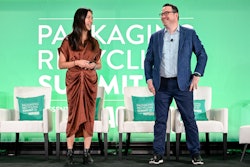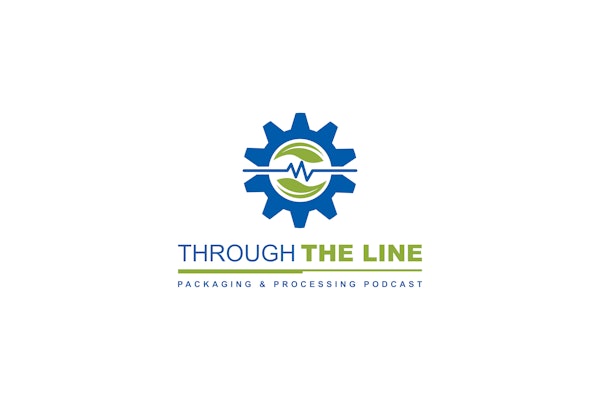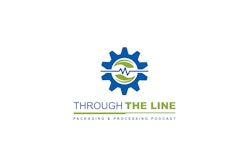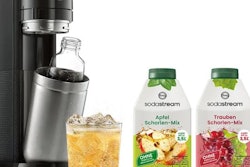
The most distinguishing feature of Packaging World’s annual Packaging Recycling Summit, which differentiates it from MRF-focused recycling events and brand-focused sustainability conferences, is that it brings the entire packaging and recycling supply chain together to share solutions for circularity.
At this year’s summit, which took place in September in Anaheim, Calif., Jeff Snyder, senior VP of Recycling at Rumpke Waste & Recycling, Justin Davis, director of Commercial Origination & Business Development at AMP, and Jim Marcinko, Recycling Operations director at WM (Waste Management), shared with the audience the intricate dance between economic pressures and technological advancements that shape the recycling industry.
The discussion began with a broad overview of the economic landscape. Marcinko, a veteran with three decades in the field, highlighted the volatility of commodity prices and the resulting impact on recycling operations. “The value of commodities is crucial, but so is our cost structure,” he noted. The fluctuating prices of materials such as corrugated and plastics create a challenging environment for recycling facilities, which must balance operational costs with the revenue generated from selling recovered materials.
 | Read this related article, “MRF and CPG Collaboration Facilitates Recyclable Packaging Design” |
Snyder added that the composition of the recycling stream also plays a significant role in determining the economic viability of recycling operations. “We’re still seeing about 58 to 60% of the stream being fiber or paper,” he explained. “Plastics make up only about 10%.”
This composition affects the investments that companies like Rumpke and WM can make in their facilities. When commodity values rise, they can invest in new technologies and infrastructure; when values fall, they must find ways to maintain profitability.
The conversation then shifted to the technological advancements transforming the industry. Davis described AMP’s approach to reimagining MRFs from the ground up. “We started with the standard robot, but now we’re focused on fully AI-enabled automated sortation systems,” he said.
Snyder shared how Rumpke recently invested $100 million dollars in technology at its new recovery facility in Columbus, Ohio. The technology was selected to address three goals. First was to liberate the material and size it upfront to get small-format items out of the stream as soon as possible.
Second was to increase recycling rates. “We put optics behind optics and then put recovery optics in to blow material that got through the system that we didn’t recover back into the system,” said Snyder.
Third was to go deeper into the waste stream. For this, Rumpke added AI as well as near infrared (NIR) technology to ensure that what goes into the bin gets recovered and to pull more commodity out of the waste stream. Rumpke recently began separating colored PET, PET thermoforms, and PET cups from its PET bottle stream and selling the material to Eastman for use in its chemical recycling processes (see “Rumpke and Eastman Join Forces to Expand Recycling of PET Waste”).
Marcinko agreed that chemical recycling may provide a new end market for hard-to-recycle waste. “Chemical recycling is kind of that next step,” he said. “It’s going to create opportunities for the hard-to-recycle materials that maybe we didn’t have opportunities to do with before.” However, as the technology is still in its early stages, the panelists agreed that mechanical recycling should remain the priority.
 | Read this related article, “WM Doubles Down on Recycling: A Conversation with VP Brent Bell” |
For its part, WM has also made significant investments in new technology, allocating over a billion dollars to upgrade and expand its facilities. “What worked great 10 years ago is now dated,” said Marcinko. “The mix of materials has changed, and we need to adapt our facilities to handle these changes.” Optical sorters and AI are key components of this adaptation, enabling WM to target and recover more materials with greater accuracy.
Collaboration, in the form of brand and MRF partnerships, was also discussed. Snyder shared how Rumpke has worked with companies like T. Marzetti and Procter & Gamble to test and improve the recyclability of their packaging. “We want to help brands understand how they can make their packaging recyclable,” he said. “We would love to have more packaging that we can run through our material recovery facilities and get it where it’s supposed to go and get it recycled. That’s really the end game.” PW
























